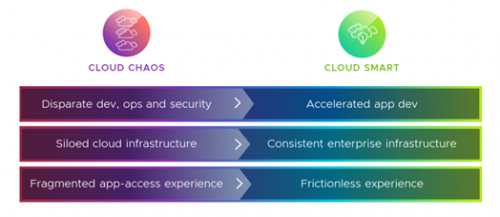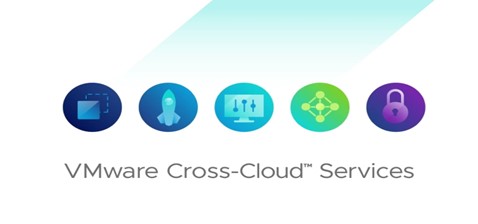

2022/12/03 Computing & Hyper-converged Infrastructure Solutions 1435 visit(s) 3 min to read
Ctelecoms

In today's rapidly changing environment, companies, that can adapt quickly, have a great advantage. In a multi-cloud environment, organizations gain the agility to reinvent deeper.
As business needs and technologies change, there’s flexibility to quickly move things around and scale up or down. There’s access to leading-edge technology from cloud providers.
Organizations that adopting multi-cloud services will see tangible results and multiple benefits, including increased resiliency, agility and data sovereignty. That's why it's no surprise that the majority of businesses today use two or more public clouds, In a recent survey, 81% say that they plan to adopt a multi-cloud strategy by 2024.
In a multi-workload, multi-cloud, multi-workspace environment, IT leaders must learn and monitor different cloud operating models and tools to avoid common pitfalls:
Are there security vulnerabilities? What about outdated infrastructure and monolithic applications?
We need to move away from relying solely on single-cloud services and embracing what we call cross-cloud services
By cross-cloud services, we mean improving those capabilities. For example, we can now use the same networking, security and solutions across multiple clouds, including private and edge.

As VMware CEO Raghu Raghuram explained, Cloud Smart is the next level of cloud adoption. Multi-cloud strategies at this stage are mature and sophisticated, and as a result, organizations are realizing the benefits of the cloud.
Cloud-smart organizations are getting better and faster at building and operating cloud-native apps. There are three key areas ripe for innovation:
Cross-cloud app platform services are a powerful solution for both developers and platform operators. It's a self-service experience. There is automation and end-to-end security for the entire app development process. This gives you better insight into your software supply chain. You have the foundation to build and run modern container infrastructure at scale across all Kubernetes and clouds.
Cross-cloud infrastructure, networking, and security services are a good place to start your cloud smart approach.
Dave Morera, senior technical marketing architect at VMware, said: "By stopping the lateral movement of attacks, you can protect your applications in a unique way, and quickly migrate and modernize them."
Now, all these apps built must be accessible and secure for a hybrid, distributed workforce.
Cloud smart organizations take advantage of cross-cloud workspace services. This gives any employee seamless and secure access to any app, on any device, from anywhere.
Anywhere Workspace is an integrated workforce solution that enables IT to automate processes such as onboarding device, app permission management, and firmware updates. They can resolve issues faster using intelligence and machine learning.
Multi-cloud environments are the reality where it all happens: where companies create, deploy, operate, secure and access applications.
DevOPS, DevSecops, security professionals, platform operators, cloud architects, and executives are on this multi -cloud universe. When they come together, the cloud can be functioned in the way it should be.
* Kubernetes, often abbreviated as “K8s”, orchestrates containerized applications to run on a cluster of hosts. The K8s system automates the deployment and management of cloud native applications using on-premises infrastructure or public cloud platforms.